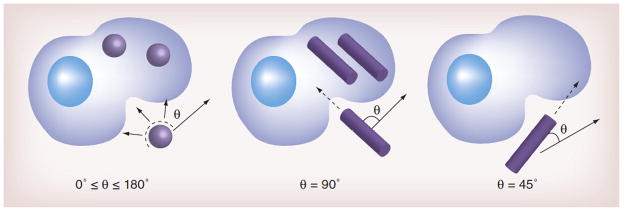Figure 2. Effect of contact angle (θ) on the rate of nanoparticle internalization.

Rod-shaped nanoparticles internalize most quickly when their major axis is perpendicular to the cell membrane. As the rod is oriented more tangentially to the cell membrane, the rate of internalization decreases. This is due to the increased difficulty to “wrap” the nanoparticle. Because spherical nanoparticles are symmetric, they internalize at a rate independent of θ.
